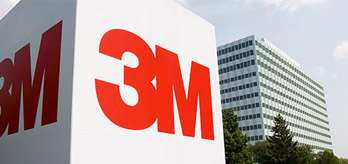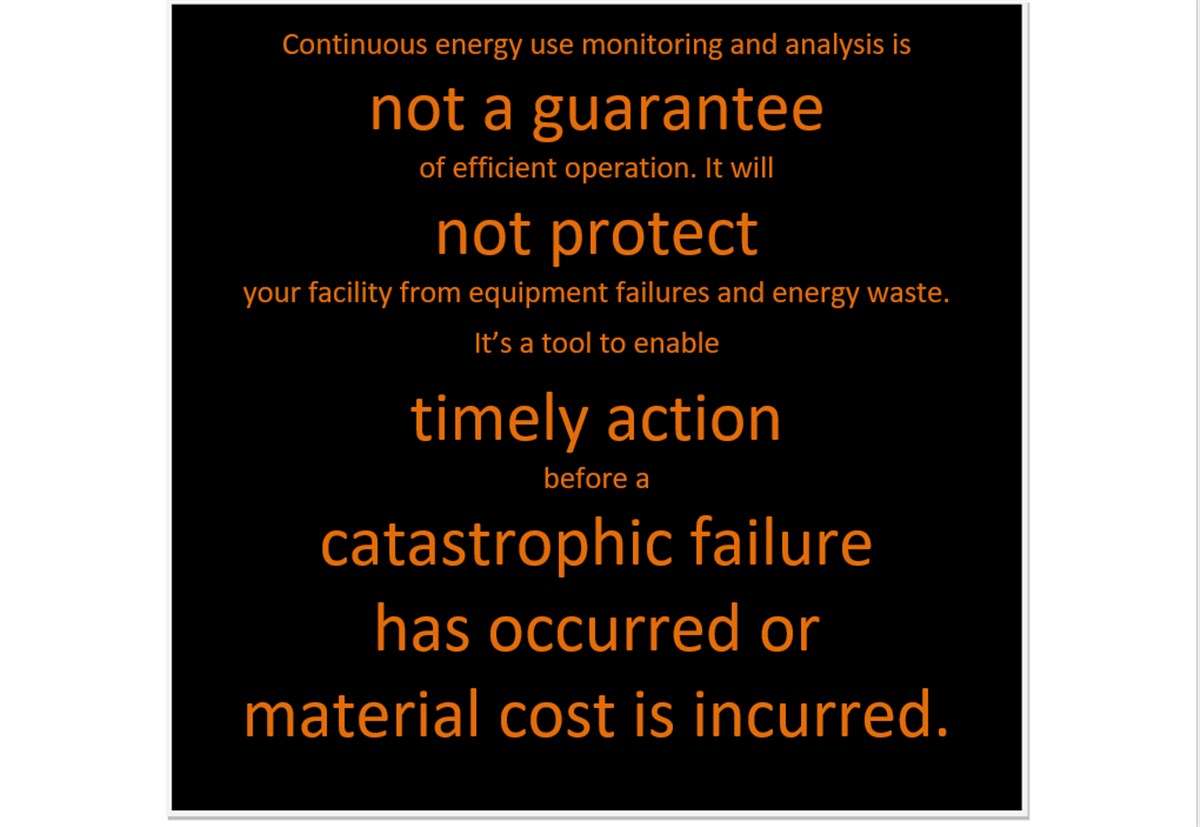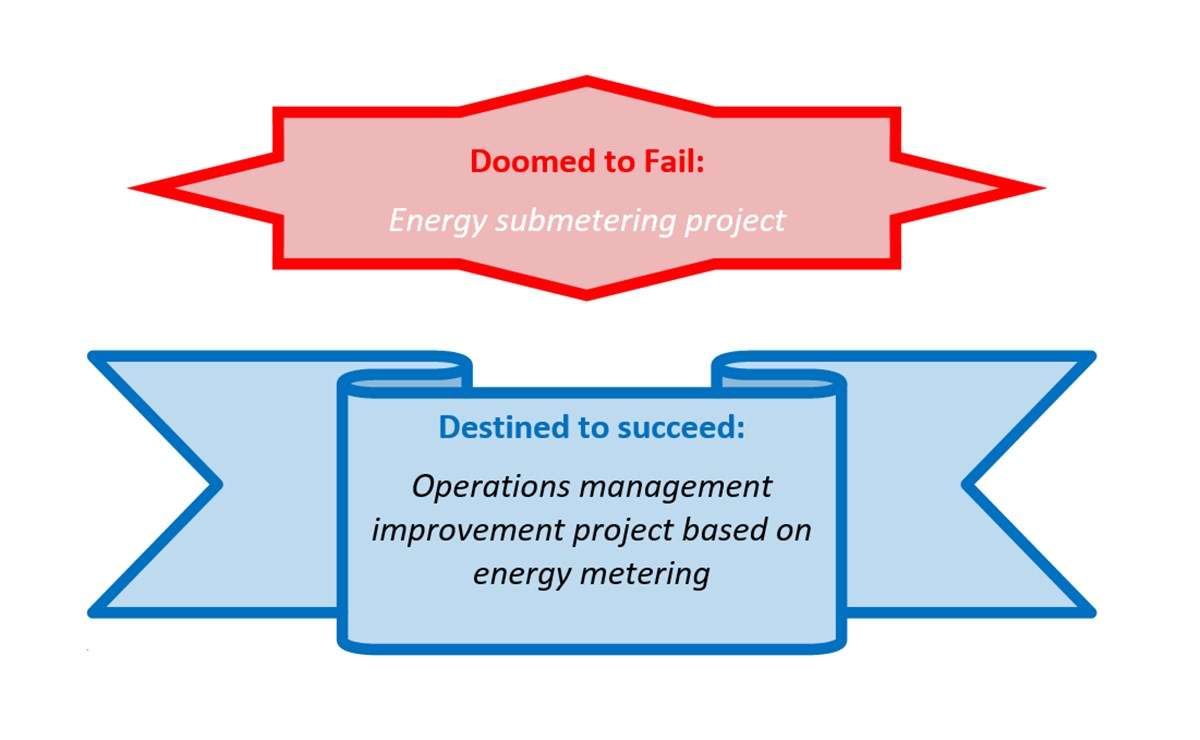This post continues our mini-series Learning from the Big – interviews with energy managers of big manufacturers with operations in Ontario, Canada. I spoke with Andrew Hejnar, Energy Manager at 3M Canada.
What is the history of energy efficiency at 3M?
First Energy Group at 3M (USA) was formed in 1974, by the mid-70s a position of Corporate Energy Manager was introduced. In 1975, 3M adopted a global corporate environmental policy and launched the Pollution Prevention Program (3P). One of the directives in the 1975 corporate policy, which has not changed in 30 years, is that 3M “will prevent pollution at the source wherever and whenever possible.” A separate Energy group was formed in Canada in 2007.
Basis of energy management policy
Energy management policy at 3M stands on three pillars
- Measurement of consumption and factors that drive consumption
- Technology
- People
The “People” pillar is of utmost importance. In line with recommendations of ISO 50001, 3M rewards efficiency suggestions coming from employees even if these suggestions are not implemented. This approach promotes culture of innovation. If energy efficiency suggestion results in a project, the author is rewarded additionally.
How is energy consumption data collected and analyzed?
3M Canada measures consumption of natural gas and electricity as well as humidity and temperature through ION Enterprise solution from Schneider. The collected data is then analysed with Montage software from ScanEnergy, where it’s normalized to weather and product mix. Company is currently evaluating more flexible solutions to analyse consumption. Data is collected on process or machine level and is analysed in relation to the output of this machine or process. This approach allows effective monitoring of performance.
At the plant level consumption data is amalgamated to Btu per pound of final product. This ratio is used for plant-to-plant benchmarking and corporate reporting.
Energy management results
Projects implemented through 2007-2014 have resulted in 20% decrease in overall energy consumption measured in Btu per pound, which constitutes about 1% of direct costs.
Most interesting energy project
Implementation of behind-the-meter 2MW combined heat and power unit (CHP). This project has IRR of 28-30% and 3.5 year payback.







Leave A Comment